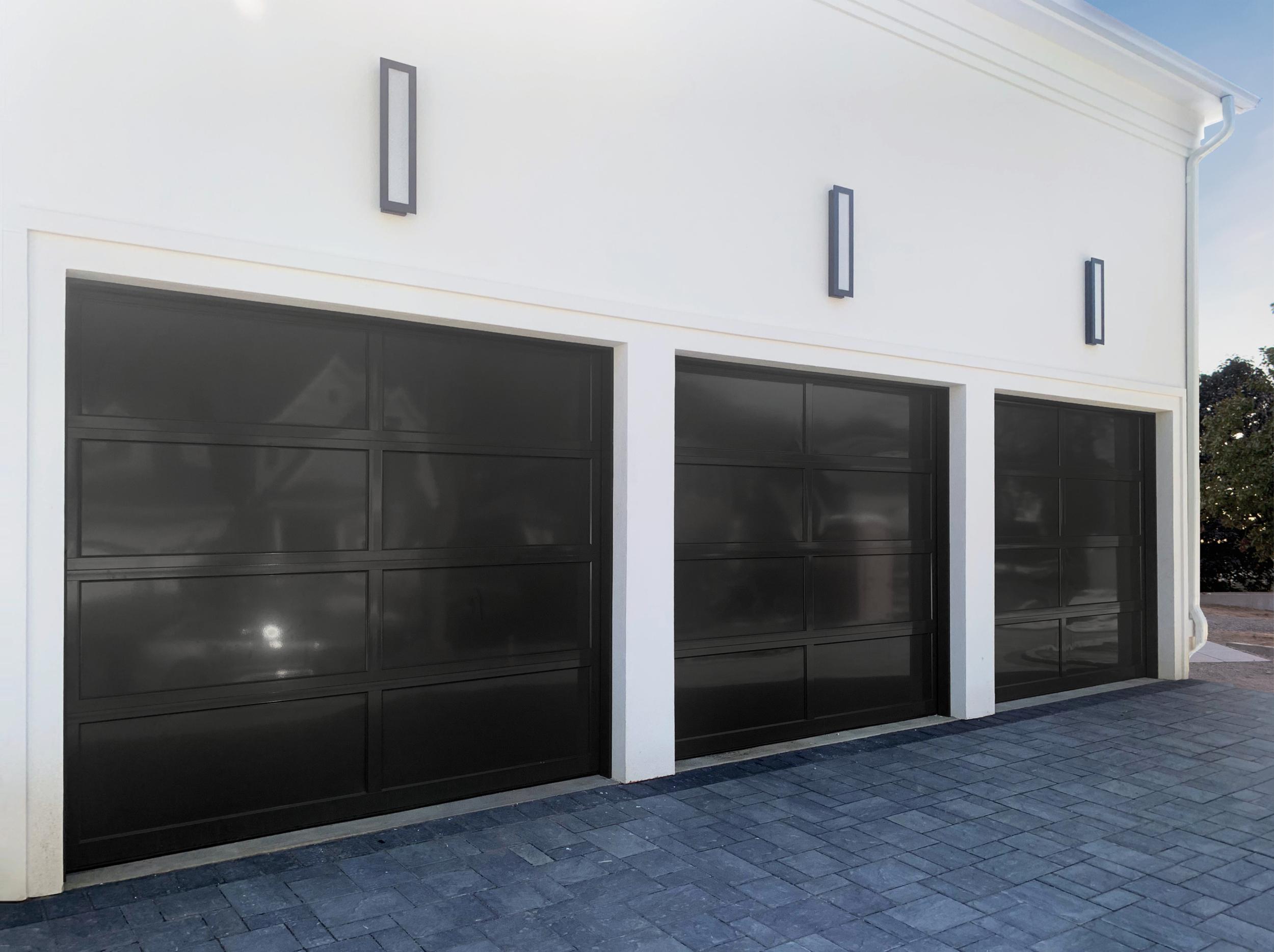
Before you decide to tear down a wall, you must know what it is made of. Non-load-bearing walls may require a more invasive approach. Bashing them down with hammers can be dangerous and messy. It is safer to disassemble a wall by layering it, much like peeling an onion. To begin, you will need to get rid of any objects that may be inside the wall. Next, you'll need to take out the drywall. Once you're finished, remove any wall-supporting structures.
Before starting, you must first determine if the wall is load-bearing or not. This is especially true if the brick wall was constructed. For this situation, you will need to get a report from a structural engineering engineer. The next step will be to determine if the wall has any plumbing in it. You will need to route the pipes and outlets if they are. Removal of load-bearing walls could be dangerous.

It may be time for a wall to fall if you are renovating an older house. This can create more space in your house and make it more inviting. Next, you can begin to work on a new design. A wall can be removed to create more space in your home. Be sure to protect your property. Remember to take into consideration the impact on the surrounding environment when you are tearing down rooms.
Before you start tearing down walls, it is important to determine if they are load-bearing. It is usually easy to tell if a wall is load-bearing if you look closely at it. If you are working on the second floor, check for drains or other drainage issues. Next, you can begin to remove the wall. It's a great way to open up the room and let more light into it.
You should inspect the plumbing before you begin to tear down a wall. Examining the wall closely will help you determine whether it is load-bearing. Sinks often have drains hidden in the walls. Make sure to check the pipes underneath them and make sure they are flowing freely. Also, make sure you turn off power and water mains if they are in your crawlspace.

Turn off the water supply to the house and turn off circuit breakers. Consider the plumbing when you are tearing down wall in crawlspace. For example, if the toilet or sink are blocked, it may be a load bearing wall. If you have to remove a wall that is on the second floor, it's worth checking for any other plumbing fixtures. Check your crawlspace.
FAQ
Is it better to hire a general contractor or a subcontractor?
It is more expensive to hire a general contractor than to subcontract. General contractors often have many employees and charge clients high labor costs. On the other hand, a subcontractor only hires one employee, so he or she charges less per hour.
Do I need an architect/builder?
You might find it easier to hire someone to do your home renovations. You can hire an architect to help you design the perfect home.
Do I require permits to renovate a house?
Yes. Permits will be required for any home-improvement project. In most cases, you will need both a plumbing and building permit. A zoning license may also be needed depending on the type or construction you are doing.
How important does it matter to be pre-approved before you apply for a loan
Getting pre-approved for a mortgage is very important because it gives you an idea of how much money you need to borrow. It can also help you determine your eligibility for a particular loan program.
Statistics
- A final payment of, say, 5% to 10% will be due when the space is livable and usable (your contract probably will say "substantial completion"). (kiplinger.com)
- According to the National Association of the Remodeling Industry's 2019 remodeling impact report , realtors estimate that homeowners can recover 59% of the cost of a complete kitchen renovation if they sell their home. (bhg.com)
- Rather, allot 10% to 15% for a contingency fund to pay for unexpected construction issues. (kiplinger.com)
- The average fixed rate for a home-equity loan was recently 5.27%, and the average variable rate for a HELOC was 5.49%, according to Bankrate.com. (kiplinger.com)
- Design-builders may ask for a down payment of up to 25% or 33% of the job cost, says the NARI. (kiplinger.com)
External Links
How To
Do you renovate interior or exterior first?
Which one should i do first?
There are many factors to consider when deciding which project to start with. The most common factor is whether the building is old or new. There are many factors to consider if the building is older, such as its roof, condition, windows, doors and flooring. When the building is new, there are many things to consider such as its location, size, number, style, and so forth.
If your building is very old, you should first look at its roof. If the roof looks like it could fall apart any day now, then you might want to get started on the renovation before anything else. If your roof is intact, you can proceed to the next phase. Next, take a look at the windows. If the windows are dirty or broken, you may need them to be replaced. After this, go through the doorways and make sure that they are clean and free from debris. You can now begin to install the flooring if everything looks fine. It is important that your flooring is strong and stable so that it will not give way no matter what you do. Now you can start to add the walls. You can now examine the walls to check for cracks or damage. If the wall is fine, then you should proceed to the next step. Once the walls have been checked, you can begin to work on the ceiling. It is important to inspect the ceiling and ensure it is strong enough for any weight you may place on it. If all is well, then you are ready to move on to the next phase of your renovation.
If your building was constructed recently, you might want to look at the exterior. Take a look at the outside of your house. Is it clean? Is there any cracks? Does it look great? If it doesn't look good, you need to fix it. Your home shouldn't look shabby. Next, you need to inspect the foundation. Repairing the foundation is a good idea if it appears weak. Also, be sure to check your driveway. You want it to be smooth and flat. It should be smooth and flat. If it isn’t, you need to fix it. You should also inspect the sidewalk while you're checking your driveway. It should be replaced if it is uneven.
Once you've checked all these areas, it is time to move on the inside. The kitchen is the first thing you should inspect. Is it clean and well kept? If it is unorganized, it should be cleaned. Next, check the appliances. The appliances should be in good working order. If they're not, you can either replace them or repair them. You can then inspect the cabinets. Paint them if they're stained or scratched. You can then move on to the bathroom if they are in good condition. The toilet should be inspected here. If it leaks, it is time to get a new one. If the surface is just dirty, it should be washed. Next, check out all the fixtures. You should make sure they are clean. If they are filthy, clean them immediately. Finally, make sure to inspect the countertops. They should be repainted if they are chipped or cracked. If they are smooth and shiny, then you should probably use some kind of sealant.
Check the furniture last. Make sure that none of it is missing or broken. If it's missing or damaged, you need to find it. It is best to repair any broken items. After everything has been checked, you can go outside to finish the job.